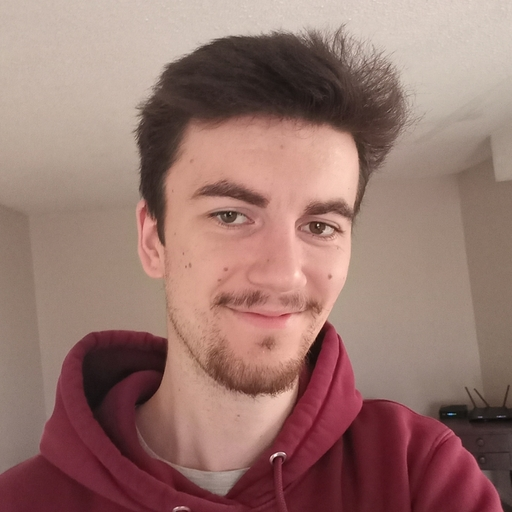Publications
TONGS: A Treasury of Nearby Galaxy Surveys
Hannah S. Christie, Adrien Hélias, Matheus do Carmo Carvalho, and Pauline Barmby
Publications of the Astronomical Society of the Pacific, 19 March 2024
The beginning of the 21st century marked the “modern era of galaxy surveys” in astronomy. Rapid innovation in observing technology, combined with the base built by galaxy catalogs and atlases dating back centuries, sparked an explosion of new observational programs driven by efforts to understand the different processes driving galaxy evolution. This review aims to answer the following science questions: (1) how have galaxy surveys evolved in the past 20 yr, and how have traditional observational programs been affected by the rise of large panoramic surveys, (2) can the term “nearby” be quantified in the context of galaxy surveys, and (3) how complete is the coverage of the nearby universe and what areas hold the largest opportunity for future work? We define a galaxy survey as a systematically obtained data set which aims to characterize a set of astronomical objects. Galaxy surveys can further be subdivided based on the methods used to select the objects to observe, the properties of the survey samples (e.g., distance or morphology), or the observing strategies used. We focus on pointed nearby galaxy surveys, which we define as surveys which observe a specific sample of target galaxies. Through a study of 43 nearby galaxy surveys, we find no standardized quantitative definition for “nearby” with surveys covering a wide range of distances. We observe that since 2003, traditional targeted galaxy surveys have undergone a dramatic evolution, transitioning from large, statistical surveys to small, ultra-specific projects which compliment the rise of large high resolution panoramic surveys. While wavelength regimes observable from the ground (such as radio or optical wavelengths) host numerous surveys, the largest opportunity for future work is within the less covered space-based wavelength regimes (especially ultraviolet and X-ray).
Statistical self-organization of an assembly of interacting walking drops in a confining potential
Adrien Hélias, Matthieu Labousse
European Physical Journal E, 14 April 2023
A drop bouncing on a vertically vibrated surface may self-propel forward by standing waves and travels along a fluid interface. This system called walking drop forms a non-quantum wave-particle association at the macroscopic scale. The dynamics of one particle has triggered many investigations and has resulted in spectacular experimental results in the last decade. We investigate numerically the dynamics of an assembly of walkers, i.e., a large number of walking drops evolving on a unbounded fluid interface in the presence of a confining potential acting on the particles. We show that even if the individual trajectories are erratic, the system presents a well-defined ordered internal structure that remains invariant to parameter variations such as the number of drops, the memory time and the bath radius. We rationalize such non-stationary self-organization in terms of the symmetry of the waves and show that oscillatory pair potentials form a wavy collective state of active matter.
